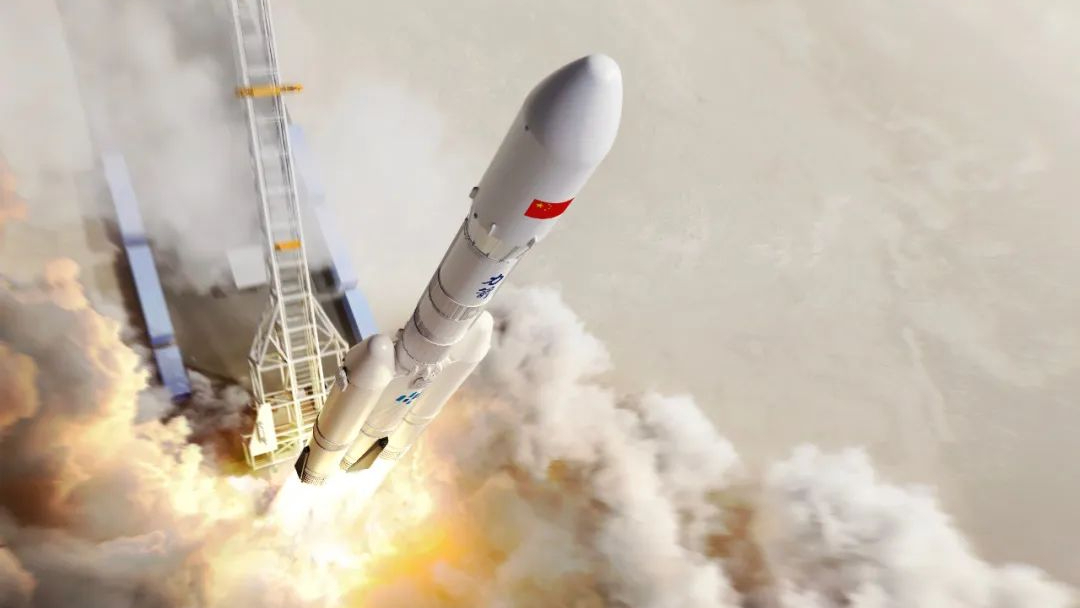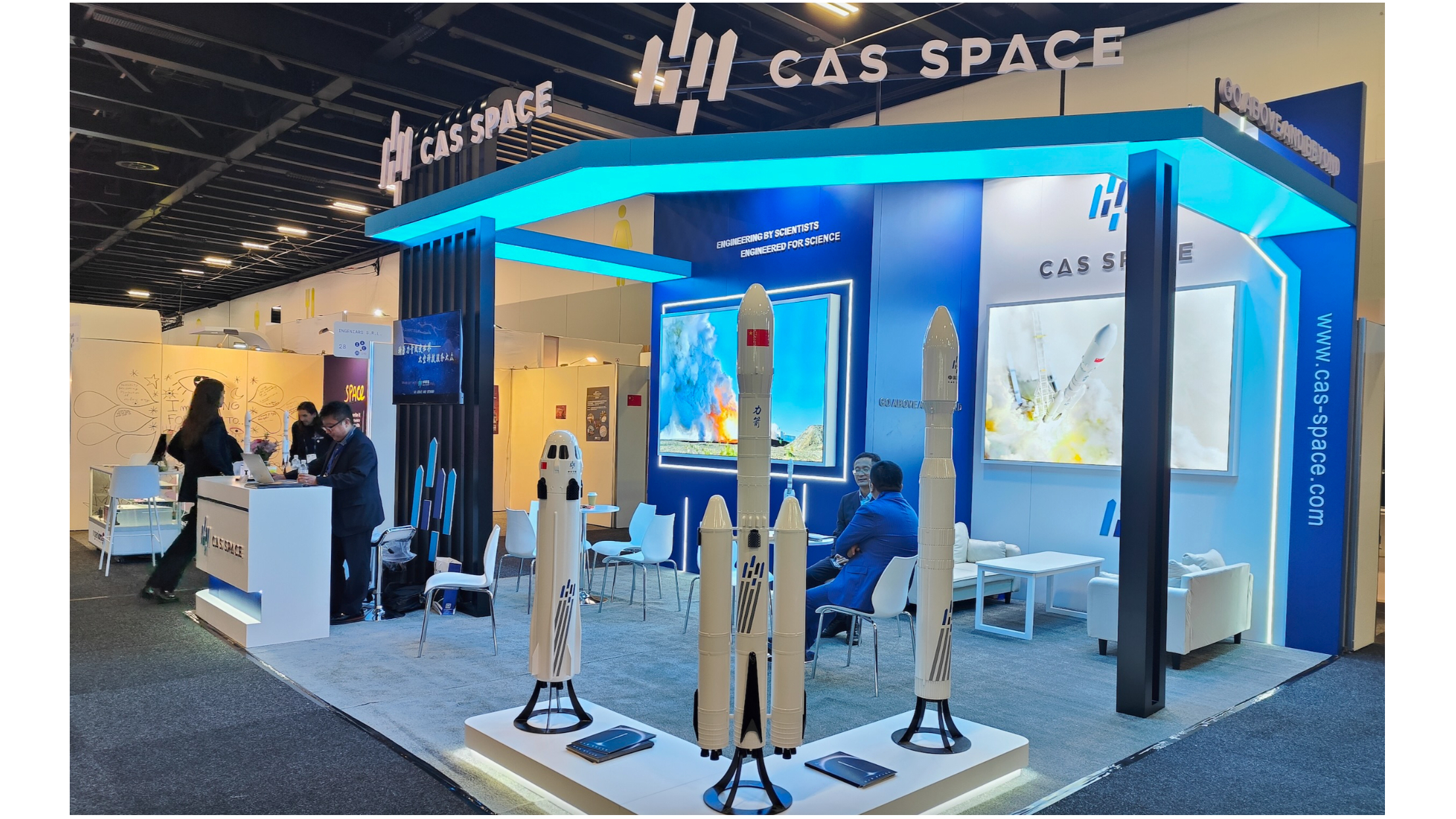A new rocket, sea launches and more: Chinese company CAS Space is thinking big
The commercial firm is awaiting clearance to launch a prototype cargo spacecraft while also working on a suborbital tourism vehicle.

Chinese commercial space firm CAS Space is all set for a crucial first launch of its new Kinetica 2 rocket as soon as next month, amid intense competition inside the country.
Kinetica 2 is CAS Space's first orbital liquid propellant rocket, marking a huge leap in ambition from the smaller and less complex Kinetica 1 (or Lijian 1) solid rocket. After hot-fire testing of the rocket's first stage in recent months, the Kinetica 2 (Lijian 2) is now ready for launch from Jiuquan in northwest China, following clearance from the spaceport's authorities, which is likely to come only after the launch of the Shenzhou 21 crewed mission to China's Tiangong space station around late October.
The Kinetica 2 rocket is essentially ready, with all major tests completed and just a few final reviews pending, Liu Weipeng, CAS Space international marketing manager, told Space.com at the 76th International Astronautical Congress (IAC), which was held from Sept. 29 to Oct. 3 in Sydney, Australia.

The kerosene and liquid oxygen-propellant Kinetica 2 rocket has three core first stages and will be capable of carrying 17,200 pounds (7,800 kilograms) of payload into a sun-synchronous orbit, or 26,450 pounds (12,000 kg) into low Earth orbit. It will eventually also feature first-stage reusability.
Aboard will be a prototype cargo spacecraft, a first move for a low-cost cargo transportation system to serve Tiangong, called for by China's human spaceflight agency. The Qingzhou cargo spacecraft is from the Innovation Academy for Microsatellites of the Chinese Academy of Sciences (IAMCAS). CAS Space itself is a commercial spinoff from the Chinese Academy of Sciences.
With Kinetica 2, CAS Space intends to compete for contracts to launch satellites for China's planned megaconstellations and send cargo to Tiangong. It will come up against strong competition from other Chinese commercial actors, including Landspace, iSpace, Space Pioneer, Galactic Energy and more, all of which are aiming to launch their own new rockets before the end of the year.
The prototype Qingzhou Cargo Spacecraft (1:1 model shown) will be the primary payload for Kinetica-2's inaugural flight this year. The mission marks another step forward in the commercial space industry's role in the Chinese space program. (photo cr: Xinhua) pic.twitter.com/dW9qDAISvEApril 25, 2025
Sea launches and suborbital tourism
CAS Space, meanwhile, has further ambitions and wants to increase its launch rate. "We'll have six Kinetica 1 missions launching from the East China Sea," Liu said. Those would mark the company's first sea launches, supported by China's Eastern Maritime Spaceport on the coast of Shandong province, in eastern China.
Breaking space news, the latest updates on rocket launches, skywatching events and more!
According to Liu, a number of the Kinetica 1 team members previously worked on the Long March 11 solid rocket, which was developed by the state-owned space contractor CASC. The Long March 11 was the first Chinese rocket to launch from the sea back in 2019.
Beyond this, the company's plans to provide space tourism services are advancing. "We'll have more news by the end of the year," said Liu. There will soon be a first test flight of the crew capsule, launched via a solid booster. The test will include microgravity experiments.
"We have a detailed plan. So the vehicle will initially be ready by 2027," with commercial services to start in 2028, Liu said. The company tested its Kinecore engine for the Lihong 2 suborbital rocket in June.
CAS Space launched international payloads in August on a Kinetica 1 rocket. New international partners are lined up, with announcements to follow in due course, according to Liu.
Kinetica 2 will be a major challenge, marking a big step up in complexity and capability for the company. Success could open many doors. "We're very confident," Liu said.

Andrew is a freelance space journalist with a focus on reporting on China's rapidly growing space sector. He began writing for Space.com in 2019 and writes for SpaceNews, IEEE Spectrum, National Geographic, Sky & Telescope, New Scientist and others. Andrew first caught the space bug when, as a youngster, he saw Voyager images of other worlds in our solar system for the first time. Away from space, Andrew enjoys trail running in the forests of Finland. You can follow him on Twitter @AJ_FI.
You must confirm your public display name before commenting
Please logout and then login again, you will then be prompted to enter your display name.
